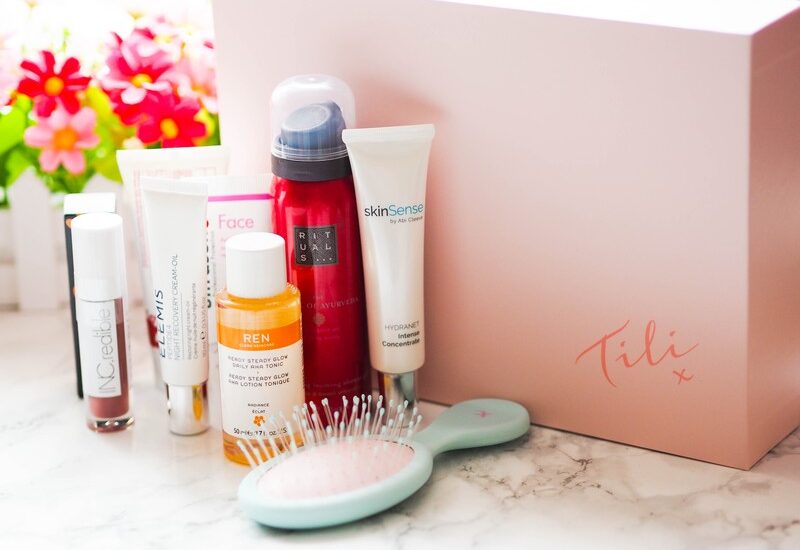Tips To Buy The Best Ladies Watch
There’s no doubting that the world of watches is dominated by men. That is something we at Anytime Watches are aware of. Men purchase more watches than women, advertising appears to be primarily focused on men’s watches, and men’s watches dominate the horological scene. Wristwatches for men were popular in the 1920s and 1930s, and watchmaking has largely concentrated on them since then. It may be said that the women’s watch market has been marginalised for decades, almost as a sideshow. Many women’s watches were just scaled copies of men’s timepieces, with the addition of diamonds or semi-precious stones to make them more ‘feminine.’
Are you looking for a designer or a classic brand?
When purchasing a women’s watch, there are a few truisms or universal truths to keep in mind. A well-known watch brand, for example, isn’t everything. Some high-end luxury timepieces may not be to a woman’s taste (or even be required).
What type of watch should I get?
A woman’s watch should have a style or a case form that she likes. Also you must look for the automatic watch or a normal one. Although the round watch is still the most popular, some ladies like the bolder, maybe more’masculine’ square-shaped watch. Rectangular watches may be highly stylish, but watches with curves or other unusual designs can be a lot of fun and make a statement with their striking lines. Women’s watches range from casual/daily wear watches to more utilitarian sports timepieces. These two styles of timepieces are popular among active ladies on the go.
The wrist measurements
When it comes to selecting a watch for a lady, the Life Hacker site offers some sound advice. Women’s wrists are typically 5 to 7 inches in circumference (approximately 12 to 17 cm), while women’s watches have diameters ranging from 22 to 34mm, depending on the style and watchmaker. A tiny wrist of 5 to 6 inches (12 to 14cm) would benefit from a smaller watch diameter of 22 to 28mm, whilst an average woman’s wrist of 6 to 7 inches would benefit from a larger watch diameter of 28 to 34mm (14 to 17cm).
The movement is everything
One of the first decisions to make when purchasing a watch is whether to go mechanical or quartz. A mechanical mechanism necessitates meticulous engineering and is the basis for classic wristwatches. They can, however, lose time and are not as exact as quartz watches, which revolutionised the watchmaking industry in the 1970s. Quartz watches are more practical, dependable, and generally less expensive and maintenance-intensive. However, many women, like men, continue to prefer watches with mechanical movements because of their immense appeal based on heritage and workmanship.
Material
Of course, the appearance of a woman’s watch is crucial. The materials utilised for the watch are crucial to this aesthetic. Gold watches are still in great demand, and gold is perhaps more frequent in women’s watches than it is in men’s watches. Women’s watches come in a variety of gold colours, including the well-known and traditional yellow gold, as well as rose gold, white gold, and pink gold. Platinum is also used to create a spectacular ‘two-tone’ appearance, often in conjunction with one of the gold tones. Watchmakers frequently utilise stainless steel, however this is largely to give the watch a more macho and robust appearance.
Bracelet or strap?
Bracelets come in a variety of styles for women’s watches. These can be in a single band, such as stainless steel, or linked, as with bracelets made of gold or gold and platinum combinations. Bracelets are the standard for jewellery and formal watches, and they are frequently the favoured option for fashion watches. Straps are generally made of leather and are unquestionably fashionable. Their different hues typically coordinate with dials or are completely unique.
Conclusion
These are some of the best tips to choose the right ladies watch and flaunt your collection. Make sure to follow them the next time you plan out for shopping a watch.




